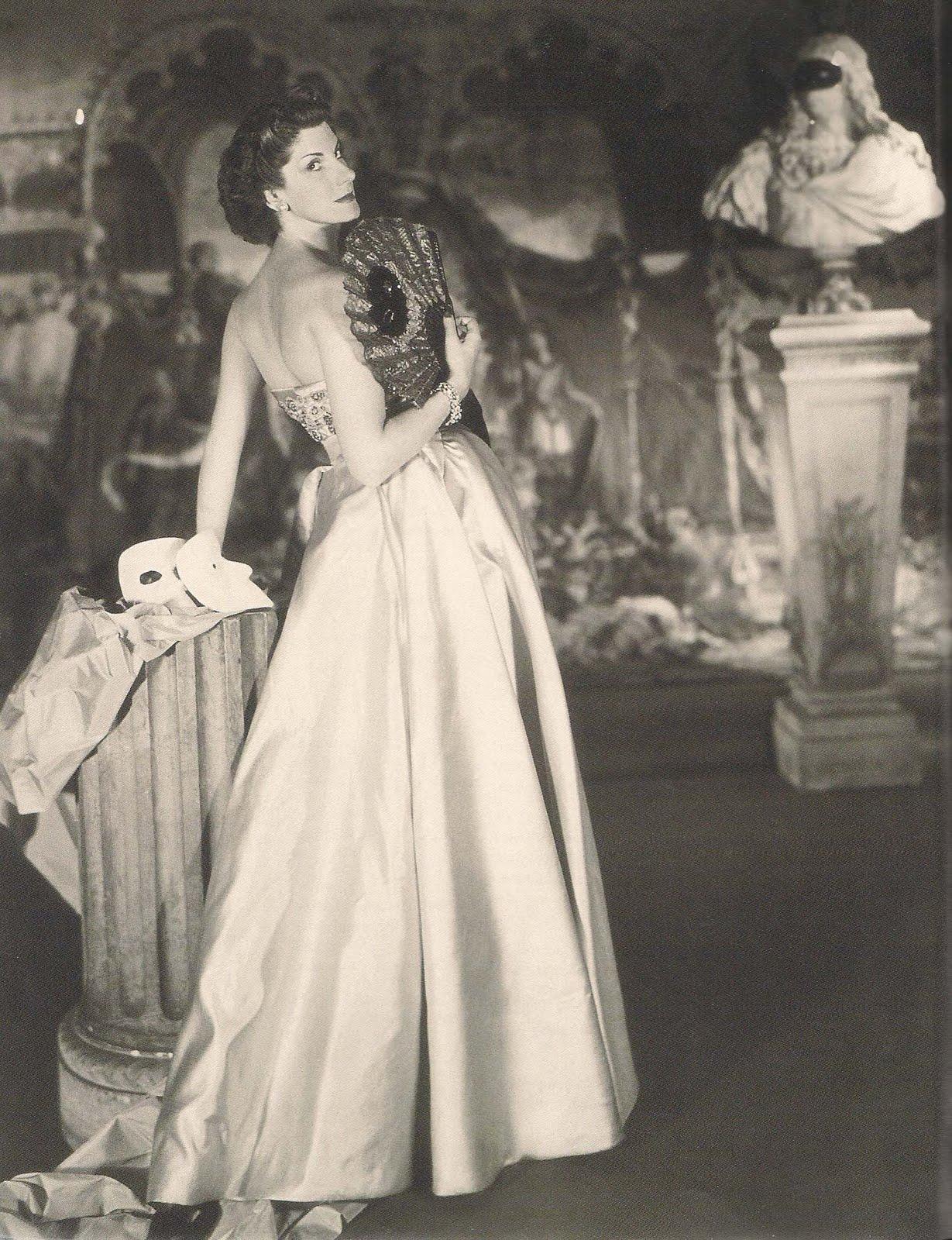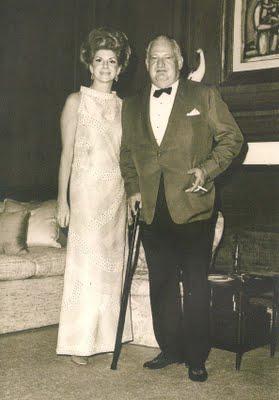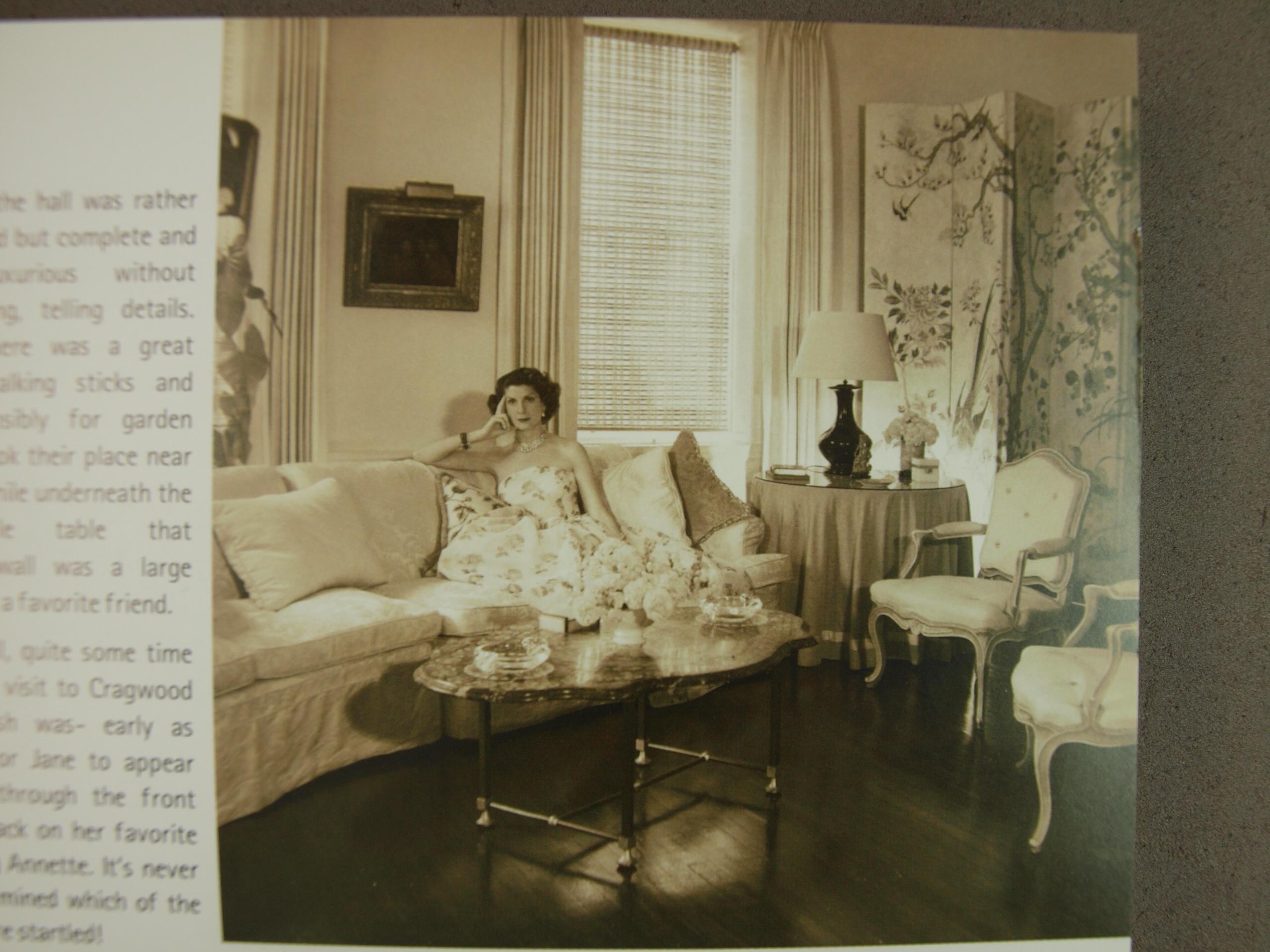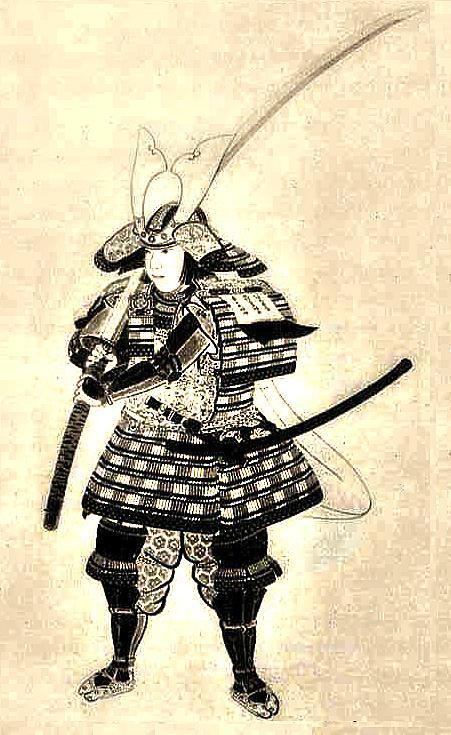Each figure: 26 ½ in (67 cm) high, including gilded wooden stands
Provenance
Mrs Charles W. Engelhard, New York
The Miyao Company of Yokohama was founded by Miyao Eisuke who was not himself a craftsman but, like many founders of manufacturing companies in this period, an entrepreneur who gathered a group of artists and craftsmen under him. Few of these individual artists are known by name, but many would have been from metalworking families, originally trained in the decoration of traditional objects like sword fittings. When the samurai were banned from wearing their ceremonial swords in 1876, sword fitters turned their hand to new decorative arts, some working on their own, others joining companies like Miyao. These traditional, highly skilled tradesmen adapted their metalworking techniques to small figures. They were able to produce amazingly detailed, scaled-down pieces of armour like iron lamella and tiny wrought swords. Such craftsmanship, demonstrated by this pair of Samurai candelabra, kept the metalworking industry alive whilst preserving the refinement of the Samurai tradition within majestic sculptures.
Eisuke’s company was one of the ‘second-rank’ factories, so called because the details in the works they produced were surface-gilded, rather than inlaid in the traditional, time-consuming manner. Far from being inferior, the detail and technique in the Miyao pieces is nonetheless exquisite, and the company exhibited at both the Second and Third Domestic Industrial Expositions in Tokyo, in 1881 and 1909. Eisuke continued to manifest the public’s appreciation for Miyao sculptures by steadily increasing the number of legendary characters cast in bronze and only slightly altering older designs. His showrooms were filled with the choice of Japanese cast figures designed as koro, lamps and sculptures and his shop was considered one of the city’s most interesting sights due to its range of curios. Samurai figures were popular and several examples are extant, but these are unusual in that the standards they bear take the form of candelabra. This is possibly a play on the word samurai, which literally means ‘to serve’, and the samurai role in society, which was to support their liege lord in battle. Other examples of Miyao’s sculptures are held in museum collections, including the Victoria and Albert Museum.
This pair of candelabra was previously in the collection of Jane Engelhard, wife of Charles W. Engelhard. Charles W. Engelhard was the president of the Engelhard Minerals and Chemicals Corporation and chairman of the American-South African Investment Company of Johannesburg. Much of Mr Engelhard’s business was centred on gold, and he was thought to be the inspiration for Goldfinger, the James Bond spy thriller written by his friend Ian Fleming. The couple spent over 30 years acquiring works of art by such renowned artists as Monet, Picasso, Renoir, Cézanne and Bonnard from all over the world. Mrs Engelhard was a leading social figure in the art world; she was a member of the Fine Arts Committee of the White House during the Kennedy administration and her most elaborate donations included an 18th- century Neapolitan crèche (manger scene), given to the White House in 1967. Her home, Cragwood in New Jersey, from which these candelabra come, was famous as much for its collections and beauty as for the dignitaries to whom it frequently played host. Mr Engelhard was such an important donor to the Metropolitan Museum of Art that in 1980 the museum named the courtyard in the American Wing in his memory.



























